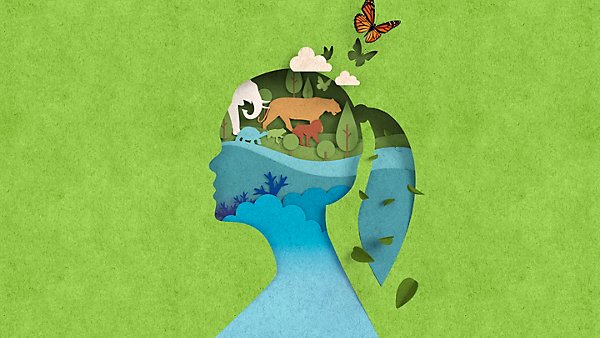Wybierz Naturę. Wybierz Karton.
INFORMACJE DZIAŁANIA ZRÓWNOWAŻONE ROZWIĄZANIA DOWIEDZ SIĘ WIĘCEJ
Jak wyżywić świat, jednocześnie chroniąc planetę?
Wyzwania związane ze zrównoważonym rozwojem, przed którymi stoi nasza planeta, są ze sobą ściśle powiązane i przyczyniają się do zmian klimatu. Liczba ludności ma wzrosnąć o ponad 25% do 2050 roku1, co spowoduje zwiększenie zapotrzebowania na żywność. Współczesne systemy produkcji żywności odpowiadają za ponad jedną trzecią światowej emisji gazów cieplarnianych2. . Jednocześnie jedna trzecia całej produkowanej żywności wciąż jest marnowana3.
Nasza branża musi współpracować w ramach całego łańcucha wartości oraz podejmować działania wspierające obniżenie emisyjności i transformację światowego systemu produkcji żywności, jednocześnie przyczyniając się do budowania gospodarki o obiegu zamkniętym i zwiększając poziom recyklingu opakowań.
Wspólna praca nad systemową zmianą
Rozwiązania oparte na zasobach przyrody (ang. nature-based solution, NBS)4 mogą odegrać ważną rolę w rozwiązywaniu światowych wyzwań związanych ze zrównoważonym rozwojem, a opakowania kartonowe już teraz zapewniają ludziom na całym świecie dostęp do bezpiecznej żywności. Dążymy do opracowania najbardziej zrównoważonego na świecie opakowania na żywność, które będzie w całości wykonane z materiałów odnawialnych lub pochodzących z recyklingu, w pełni nadające się do recyklingu i neutralne pod względem emisji dwutlenku węgla5. . Opracowujemy innowacyjne technologie przetwarzania i pakowania żywności oraz urządzenia w celu zmniejszenia zużycia wody, energii i odpadów.
Codziennie współpracujemy z klientami, partnerami, rządami, organizacjami pozarządowymi i konsumentami przy działaniach, które mogą doprowadzić do rzeczywistych zmian systemowych.
Wspólna praca nad systemową zmianą
Rozwiązania oparte na zasobach przyrody (ang. nature-based solution, NBS)4 mogą odegrać ważną rolę w rozwiązywaniu światowych wyzwań związanych ze zrównoważonym rozwojem, a opakowania kartonowe już teraz zapewniają ludziom na całym świecie dostęp do bezpiecznej żywności. Dążymy do opracowania najbardziej zrównoważonego na świecie opakowania na żywność, które będzie w całości wykonane z materiałów odnawialnych lub pochodzących z recyklingu, w pełni nadające się do recyklingu i neutralne pod względem emisji dwutlenku węgla5. . Opracowujemy innowacyjne technologie przetwarzania i pakowania żywności oraz urządzenia w celu zmniejszenia zużycia wody, energii i odpadów.
Codziennie współpracujemy z klientami, partnerami, rządami, organizacjami pozarządowymi i konsumentami przy działaniach, które mogą doprowadzić do rzeczywistych zmian systemowych.
Więcej o zrównoważonym rozwoju
Chcemy być liderem transformacji w kierunku zrównoważonego rozwoju w branży płynnej żywności i napojów poprzez wywieranie pozytywnego wpływu naszymi produktami, usługami i działaniami, zgodnie z czterema priorytetami:












